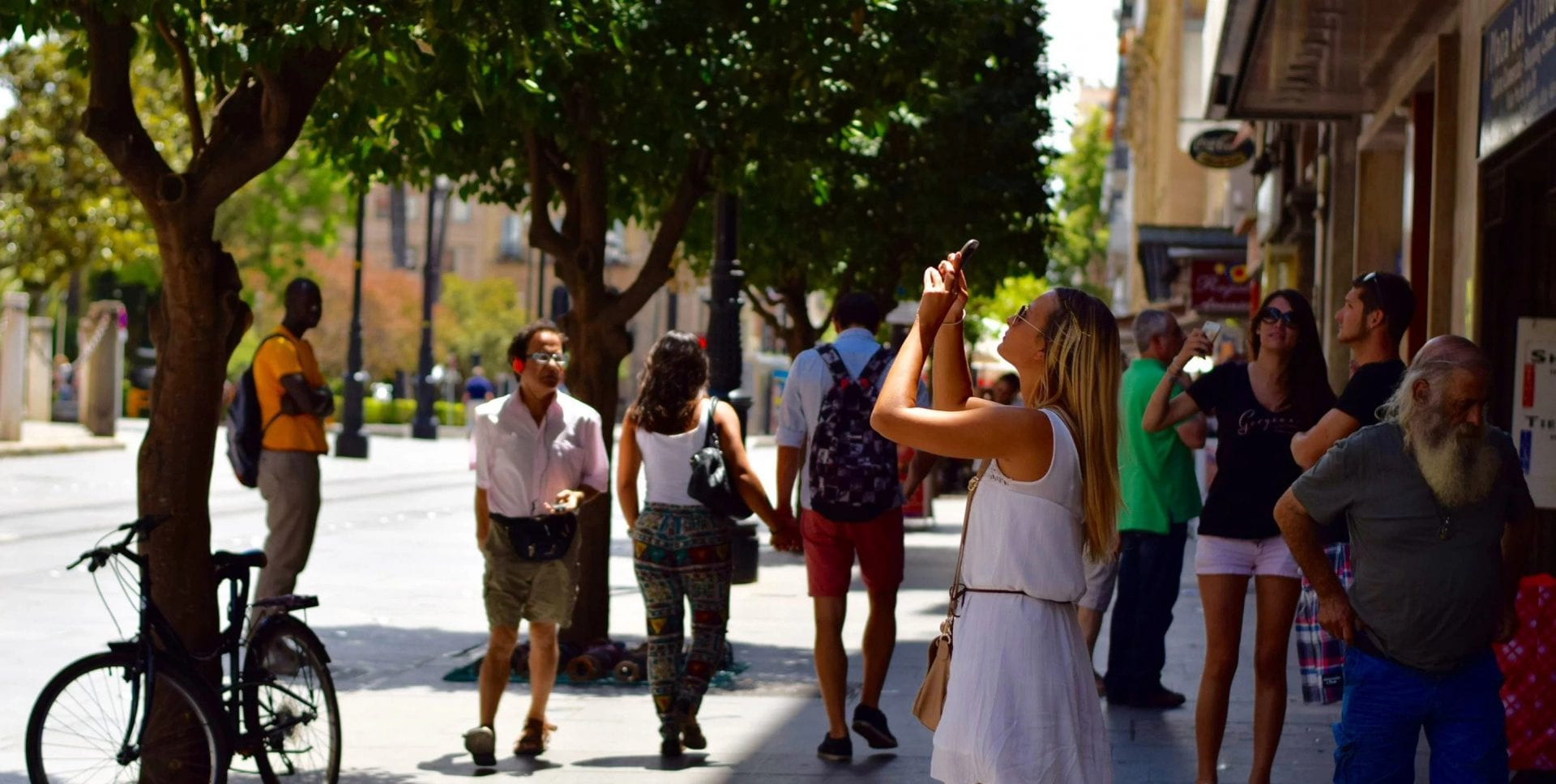Welcome To The Urban Revolution

Eyal Feder Levy
CEO & Co-Founder
Last week I gave a short talk about current and future trends in Smart Cities in the Forbes under 30 Summit in Jerusalem. Here is what I had to say:
The reason I became so interested in Smart Cities in the past few years is simple — basically, we, as a society are going through two great revolutions. The first, which most of the speakers today will mention, is the information revolution. I’m guessing you’re all pretty much aware of that, and if not — google it and experience it first hand. But the second, less known one — is the urban revolution.
Today, more than 50% of the people live in cities. This is an interesting fact for two reasons — first, it’s a relatively new one. It happened for the first time in history around four years ago. Second, it’s part of an exponential trend — meaning that by 2030 more than 70% of the people will live in cities. Combine it with projected population growth and you’ve got more than 6 billion city dwellers in less than 20 years.
This means that cities are fast becoming the human habitat of the 21st century. It also means that almost every human challenge (and opportunity) can essentially be reduced down to an urban one — cities are the source for most of the pollution, wealth gaps, economic value and political turmoil. In order to understand society and address its challenges — we need to look at cities.
Are Smart Cities “Smart” Enough
This also means that cities are becoming larger and more and more complex, and that’s where smart cities have come in in the last few years. Smart cities are basically cities that use the amazing tools of digital technology, data collection and connectivity, to address their challenges and create value. The abstract model is fairly simple — let’s collect a lot of real time data about our city, analyze it, and run it “better” using the insights we get. This approach has created some cool innovations over the past few years, mostly in the city’s infrastructure. Some great examples include smart trash bins, that tell the trucks what bins are full and use advances routing algorithms to create an optimized route, smart traffic control systems that change the lights according to traffic and so on.
But this first generation of “smart” technologies suffers from a few major problems. Apart from the fact that these hardware based solutions are very expensive, and therefore are out of reach for most cities around the world, most of these technologies only create incremental changes in different areas of city management, but they do not disrupt the core urban issues. The reason, in my opinion, is that they are not touching on the most complex element of the city — the people themselves.
Smart Cities Put Citizens First
My Master’s thesis advisor, Prof. Juval Portugali, used to always say that when you take the people out of a city, you turn it from a complex system to a simple one. and that is exactly what smart city technologies today are lacking. With all of the smart data collection capabilities, cities and people remain disconnected. The citizens are out of the Smart City loop — they do not have access to the the incredible amounts of data collected and lack the real ability to contribute data and voice their opinions. Cities, on the other hand, while collecting data on almost everything else, remain blind about their citizens actual and desired use of the city.
There is a reason why this has not been addressed by the first wave of Smart City technology — no doubt that tackling these challenges is difficult. But for a city to truly become “Smart”, the citizens have to be a part — whether we look at people and their smartphones as the largest network of sensors in any city, consider the amazing contextual data we can collect from people who are willing to share it, or see the amazing opportunity in people getting the data and services they need where and wen they need them to make cities much more livable.
That is exactly what we are doing at Zencity — we create digital platforms that provide people with real-time contextual data and services about their city. For example, one of our add-ons sends you a push notification with real time bus data when you reach the station along with some personalized information and services while you wait.
Data That Humanizes the City
But that’s no enough — we use people’s interaction with the data to provide local governments with meaningful insights about the human aspects of their city — allowing it to be planned and managed by considering human factors.
This is a great win-win situation:
- People get personalized, contextual data and services that revolutionize their urban experience
- Cities get meaningful insights about people’s actual and desired use of the city
- And a new form of interaction, channel of communication is opened between all different agents to create a more open and collaborative city
So far we’ve done two pilot programs with Jerusalem and Tel-Aviv, and next month we intend to roll out our main beta in a few cities around Israel.
Digital technology is an amazing and powerful tool, and we need to decide — do we want to use it to make cities more centralized and big brother-y or more open and citizen-oriented.
We have the choice, and this is the time to steer the ship in the right direction. We believe our platform can play a part in this important change.
%20copy-1.png?width=544&height=120&name=Logo_black%20(1)%20copy-1.png)



